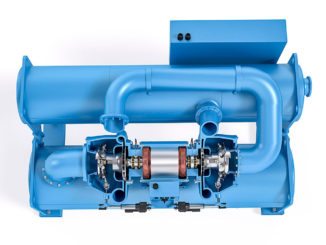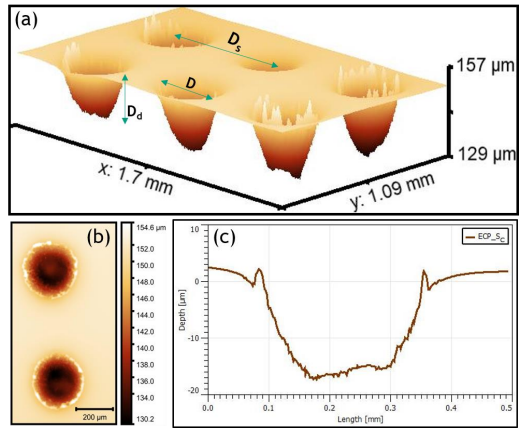Roland Holzbauer is Senior Project Manager at Aerospace & Advanced Composites GmbH and has been involved in the research and development of materials and mechanism for space applications for many years. His main areas of responsibility are outgassing, coefficient of moisture expansion, cold welding, tribology and sliprings.
Cold welding is an issue in space applications and should be considered in the design of space mechanism
What is cold welding?
Cold welding is a process, where two clean, flat surfaces of metal do strongly adhere if brought into contact while in a vacuum without fusion or heating at the interface. Physically spoken, this effect is only of technical relevance between two metals and even then, only if both surfaces are clean enough to enable direct contact between two metal atoms (without any oxides in between). Then even a static contact can cause adhesion, but at levels being much too low to be of technical relevance. Levels increase under impact and fretting. This situation appears only in vacuum (e.g. space) if surface layers (natural or artificial) are removed. [4]
What is cold welding?
It shall be referred to the test method where the vertical separation force is measured (STM-279) [4]. Often indirect assessments need to be done, e.g. metallographic analysis after vibration tests thereby analyzing the microstructure (see Figure 1). The presences of grain fining / mechanical alloying of the subsurface region is then used to state that risk of cold welding is evident. [2]

Figure 1. Left: Subsurface with unchanged microstructure (negligible risk of cold welding “static”)
Right: Severe subsurface damages (cold welding very likely) overlapping with galling (photo credits: AAC)
Cold welding in space
Reported failures due to cold welding:
In 1991 at the Galileo spacecraft the high-gain antenna failed to fully deploy due to cold welding issues. Investigations showed that three ribs of the umbrella-shaped antenna were cold-welded in folded configuration. Vibrations during transport and lift-off caused damages on the coating which exposed bare metal-metal contacts [1].
Bending of wire harnesses in vacuum may lead to cold welding of single wires of a wire strand – see Figure 2. Cold welded wires lead to increased stiffness of the harness and needs to be considered in the 2 motorization margin of the mechanism. On the other hand, cold welded wires may also lead to the break of wires, which lead to electrical overload of the harness.
![]()
Figure 2. stranded wires with typical signs of cold welding (photo credits: AAC)
Another reported mechanism failure due to cold welding is shown in Figure 3. This picture illustrates how the anchor (Y-piece), manufactured from a magnesium alloy, has cold welded against one of the end stops (labelled C in Figure 3), which is also made of a similar magnesium alloy [4].

Figure 3. Anchor with cold welding at end
stop (picture taken from [4])
References
- Johnson M. R. (1994) "The Galileo High Gain Antenna Deployment Anomaly." 28th Aerospace Mechanisms Symposium
- Merstallinger A., B. Dunn B., Semerad E., “COLD WELDING DUE TO IMPACT AND FRETTING UNDER HIGH VACUUM”, Proc. ISMSE 9th, Noordwijk/NL, ESA/ESTEC, June 2003
- Merstallinger A., Holzbauer R., Bamsey N. (2021). “Cold Welding in Hold Down Points of Space Mechanisms Due to Fretting When Omitting Grease”, Lubricants 2021, 9(8):72. https://doi.org/10.3390/lubricants9080072
- Merstallinger A., Semerad E., Dunn B. D. (2009). “Assessment of Cold Welding between Separable Contact Surfaces due to Impact and Fretting under Vacuum”, ESA STM-279




























